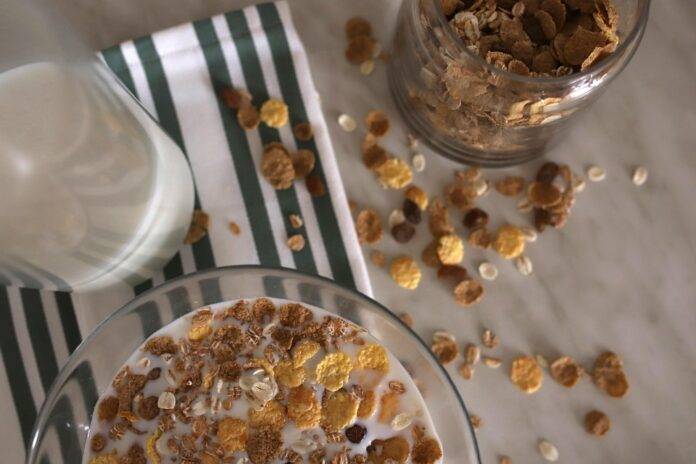Introduction
Oat milk has gained significant popularity in recent years as a dairy-free alternative to traditional cow’s milk. It is not only a favorite among vegans and individuals with lactose intolerance but also among environmentally conscious consumers due to its lower carbon footprint compared to dairy milk production. In this report, we will delve into the process of how oat milk is made, from rolled oats to creamy shelf-ready beverages.
Raw Materials and Processing
Rolling Oats
The first step in making oat milk is to obtain high-quality rolled oats. These oats are processed by steaming and rolling them into flakes, which helps release their natural flavors and nutrients. It is crucial to use organic and gluten-free oats to ensure the final product is free from any contaminants.
Soaking and Blending
Once the rolled oats are ready, they are soaked in water to soften them. The oats are then blended with water to create a smooth and creamy mixture. The ratio of oats to water can vary depending on the desired consistency of the final product. Some manufacturers also add vitamins, minerals, and sweeteners at this stage to enhance the nutritional profile and taste of the oat milk.
Straining and Filtering
The blended oat mixture is then strained through a fine mesh cloth or filter to remove any solids and create a smooth liquid. This process helps eliminate any gritty texture and ensures a creamy and silky mouthfeel. The resulting oat milk is then pasteurized to kill any harmful bacteria and extend its shelf life.
Packaging and Distribution
Carton Packaging
After pasteurization, the oat milk is packaged into cartons or bottles for distribution. Cartons are a popular choice due to their eco-friendly nature and ability to protect the product from light and air exposure. The packaging is labeled with nutritional information, ingredients, and branding to attract consumers.
Distribution Channels
Oat milk is distributed through various channels, including grocery stores, health food stores, online retailers, and cafes. Manufacturers work closely with distributors to ensure their products reach a wide audience and are readily available to consumers. Some companies also offer direct-to-consumer sales through their websites or subscription services.
Market Trends and Industry Insights
Financial Data
The oat milk market has experienced exponential growth in recent years, with global sales reaching $1.2 billion in 2020. This surge in demand can be attributed to the increasing awareness of plant-based diets, health concerns related to dairy consumption, and sustainability issues in the dairy industry. Major players in the oat milk market include Oatly, Califia Farms, and Silk.
Consumer Preferences
Consumers are gravitating towards oat milk due to its creamy texture, neutral taste, and versatility in cooking and baking. It is also perceived as a more sustainable choice compared to almond or soy milk, as oats require less water and land to cultivate. Oat milk is becoming a staple in coffee shops and households alike, driving further innovation and product development in the industry.
Regulatory Environment
The oat milk industry is subject to regulations and standards set by the Food and Drug Administration (FDA) to ensure product safety and quality. Manufacturers must comply with labeling requirements, ingredient specifications, and production guidelines to maintain consumer trust and uphold industry standards. Continuous monitoring and testing are essential to prevent any contamination or adulteration in oat milk products.
In conclusion, oat milk production involves a series of meticulous steps from rolling oats to packaging creamy beverages for consumers. The market for oat milk is booming, driven by consumer preferences for plant-based alternatives and sustainable food choices. As the industry continues to evolve, manufacturers must innovate and adapt to meet the growing demand for oat milk products.




